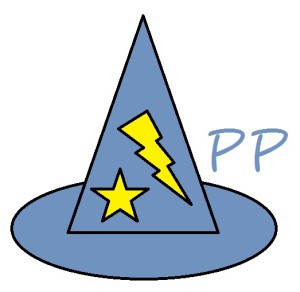
Two heads are better than one. This is true for Magic: The Gathering as well.
While most players rely on a well built, 60-card deck and a bit of luck to pull out a win, one of the newer formats in recent memory that has found a foothold on the competitive scene is Two-Headed Giant, a team format where two players team up against an opposing duo of Planeswalkers.
Players operate as one with a shared life total (30 life points, to be exact) and take their steps simultaneously: upkeep, draw step, combat, end step.
The catch: whoever is the dominant “head,” generally the team member on the immediate right, declares what actions need to be taken and when.
Having a synergistic dynamic to the game forces you to plan and be more communicative with your partner.
Why is team play so important to the game of Magic?
As someone who used to do a lot of kitchen-table gaming, a term used to describe the casual, non-competitive Magic scene, I know that being able to develop short-term alliances with others in a multiplayer game of “dog-eat-dog” game-slinging means survival: the better you play the politics, the more likely you will eke out a win in the end.
However, having the tutelage of a seasoned player as the dominant head is a great way to mentor new players into the basics of gameplay, and increase the affability of a game that is intimidating for those new and old.
